
Energy and Water
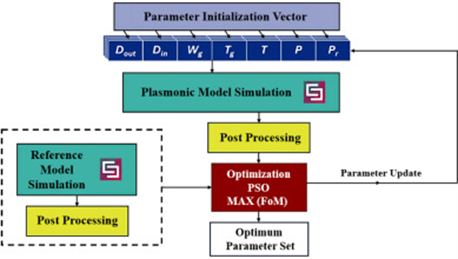
Analysis of plasmonic nanoparticles effects on the performance of perovskite solar cells through surface recombination and short-circuiting behaviors
Plasmonic photovoltaics integrate nanoparticles into the active layer to enhance power absorption. However a gap exists between simulated and experimental IV characteristics. Fabrication studies have attributed the issues to fabrication resolution, and recombination with no detailed step-by-step characterization. To address this issue, the paper presents a comprehensive optical and electrical study of a new plasmonic crescent nanoparticle (CNP). These particles serve as a near-field confinement source to enhance the efficiency of perovskite TiO2-MAPbI3-Spiro solar cells. The proposed design
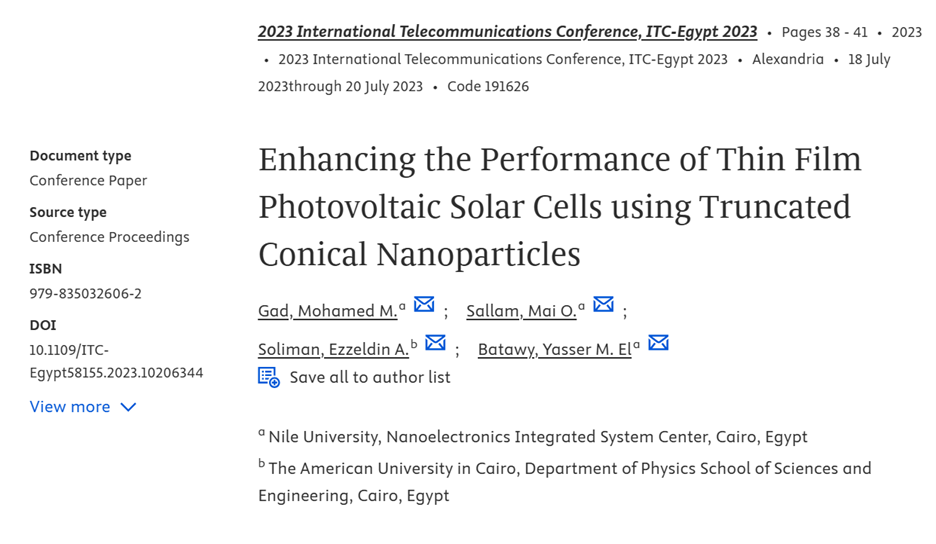
Enhancing the Performance of Thin Film Photovoltaic Solar Cells using Truncated Conical Nanoparticles
Plasmonic photovoltaics are considered as promising photovoltaic candidate with enhanced optical absorption and quantum efficiency by embedding metallic nanoparticles in the photovoltaic active layer. In this paper, the efficiency enhancement of ultra-thin film solar cells with embedded truncated cone nanoparticles is studied. First, the natural electric field modes of the truncated cone in free-space are examined when excited by a plane wave. Parametric study is then performed to investigate the effects of the geometrical parameters of the structure on its resonant modes. Second, a uniform
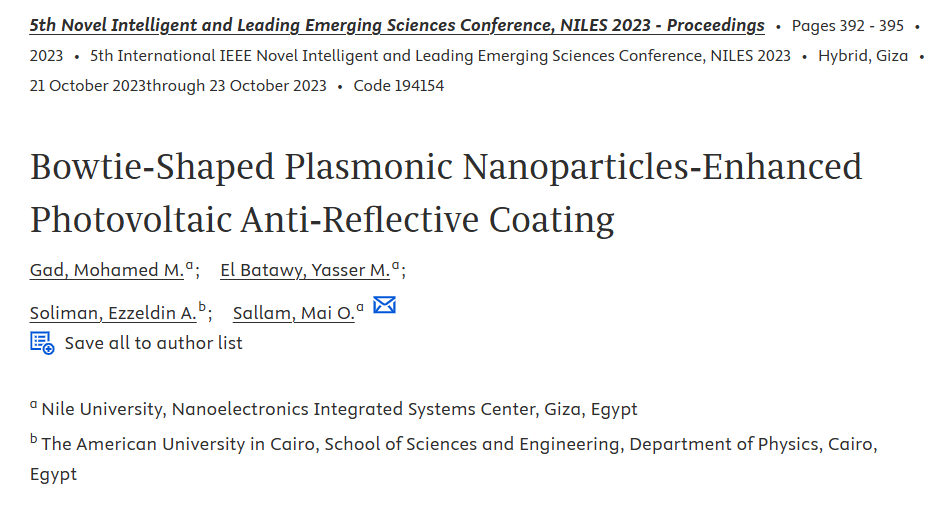
Bowtie-Shaped Plasmonic Nanoparticles-Enhanced Photovoltaic Anti-Reflective Coating
Light trapping is a promising technique that enhances sunlight absorption by solar cells. This paper presents a study of bow-tie-shaped nanoparticles embedded in the antireflection coating of photovoltaic solar cells, which enhances the optical transmission of the photovoltaic surface. Therefore, the optical path length for light penetration is increased through the semiconductor active layer. First, the fundamental electric field modes of a single nanoscaled bow-tie are examined under excitation of plane waves with different polarizations. Second, an array of bow-tie-shaped nanoparticles is
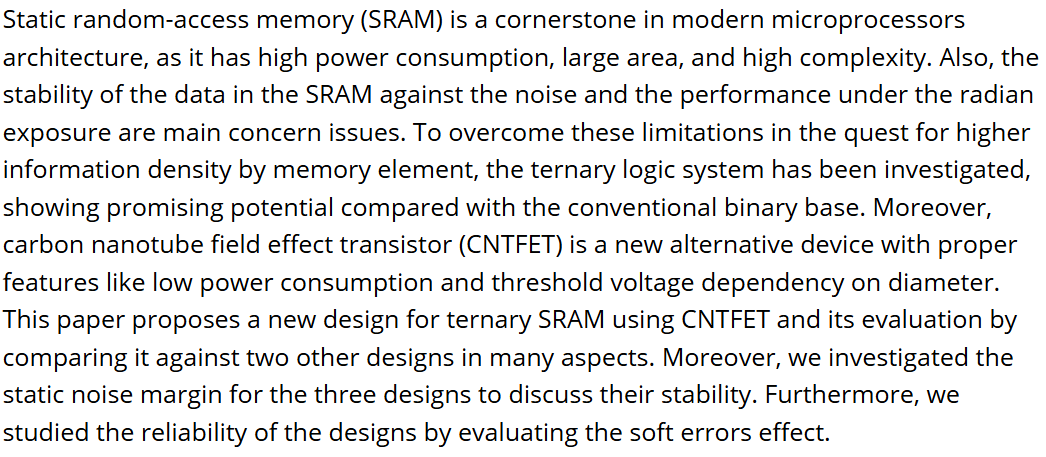
Ternary SRAM circuit designs with CNTFETs
Static random-access memory (SRAM) is a cornerstone in modern microprocessors architecture, as it has high power consumption, large area, and high complexity. Also, the stability of the data in the SRAM against the noise and the performance under the radian exposure are main concern issues. To overcome these limitations in the quest for higher information density by memory element, the ternary logic system has been investigated, showing promising potential compared with the conventional binary base. Moreover, carbon nanotube field effect transistor (CNTFET) is a new alternative device with
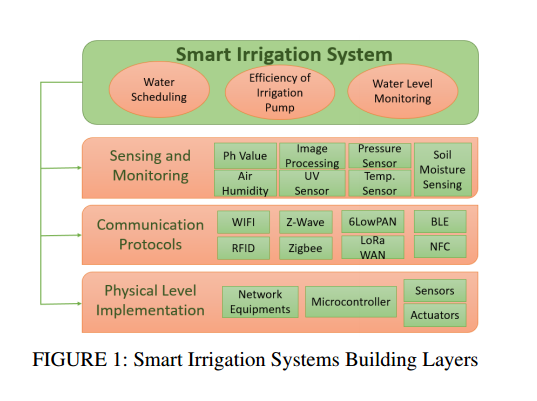
Smart Irrigation Systems: Overview
Countries are collaborating to make agriculture more efficient by combining new technologies to improve its procedure. Improving irrigation efficiency in agriculture is thus critical for the survival of sustainable agricultural production. Smart irrigation methods can enhance irrigation efficiency, specially with the introduction of wireless communication systems, monitoring devices, and enhanced control techniques for efficient irrigation scheduling. The study compared on a wide range of study subjects to investigate scientific approaches for smart irrigation. As a result, this project
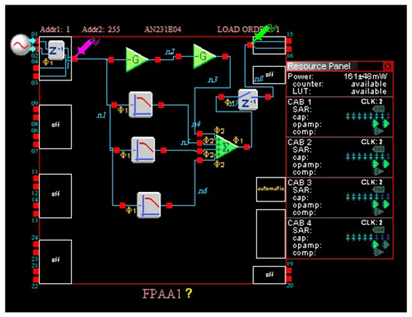
A Study on Fractional Power-Law Applications and Approximations
The frequency response of the fractional-order power-law filter can be approximated by different techniques, which eventually affect the expected performance. Fractional-order control systems introduce many benefits for applications like compensators to achieve robust frequency and additional degrees of freedom in the tuning process. This paper is a comparative study of five of these approximation techniques. The comparison focuses on their magnitude error, phase error, and implementation complexity. The techniques under study are the Carlson, continued fraction expansion (CFE), Padé, Charef
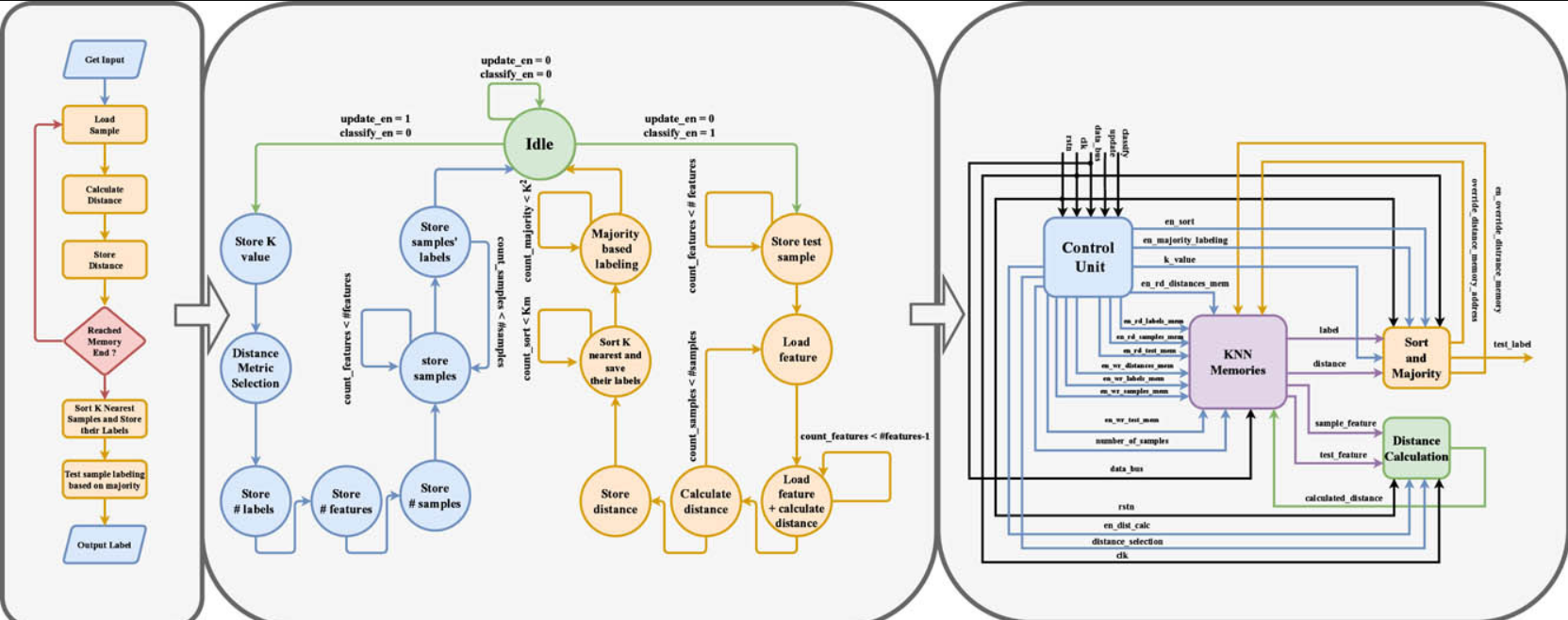
Reconfigurable hardware implementation of K-nearest neighbor algorithm on FPGA
Nowadays, Machine Learning is commonly integrated into most daily life applications in various fields. The K Nearest Neighbor (KNN), which is a robust Machine Learning algorithm, is traditionally used in classification tasks for its simplicity and training-less nature. Hardware accelerators such as FPGAs and ASICs are greatly needed to meet the increased requirements of performance for these applications. It is well known that ASICs are non-programmable and only fabricated once with high expenses, this makes the fabrication of a complete chip for a specific classification problem inefficient
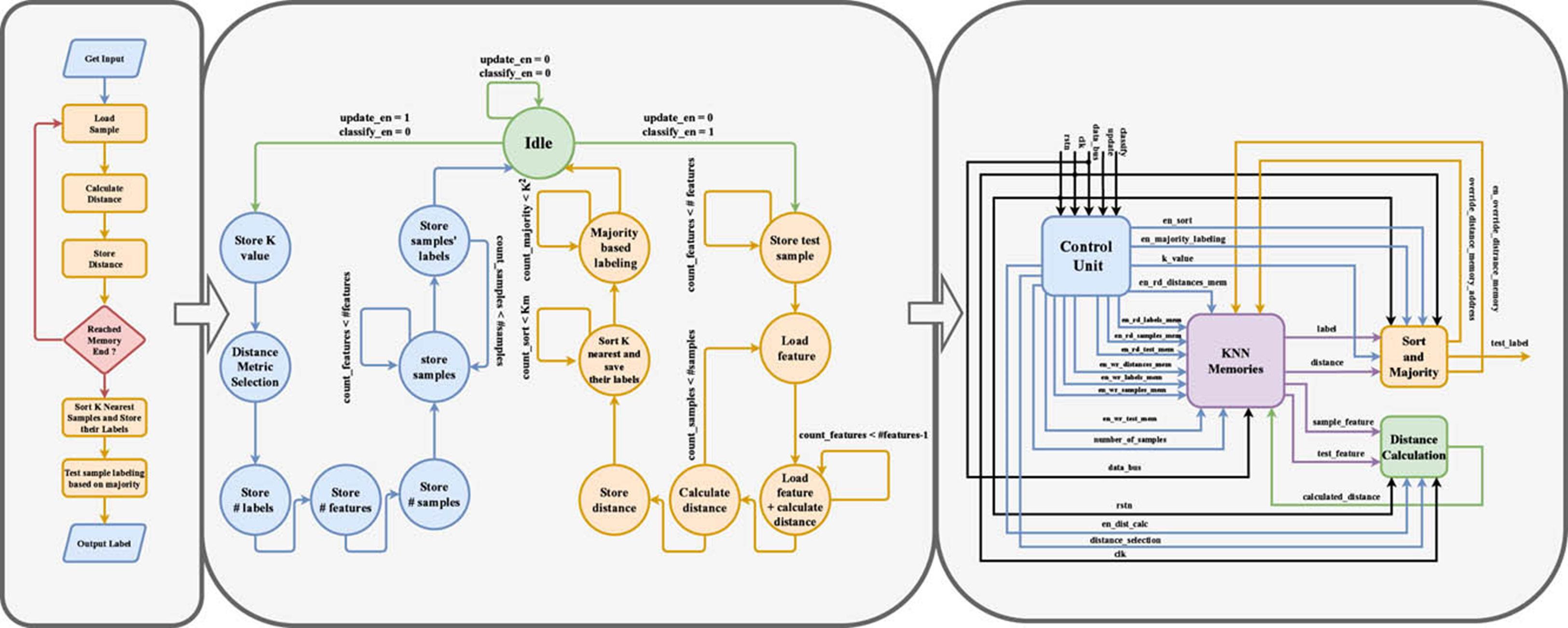
Generic Hardware Realization of K Nearest Neighbors on FPGA
K Nearest Neighbors (KNN) algorithm is a straight-forward yet powerful Machine Learning (ML) tool widely used in classification, clustering, and regression applications. In this work, KNN is applied, with three distance metrics, to classify different datasets, experimentally testing each distance metric effect on the classification performance. A static K is applied for the whole dataset optimally chosen based on a 5-fold cross-validation. A reconfigurable hardware realization on field programmable gate array (FPGA) of each distance metric applying selection sort algorithm is proposed. The
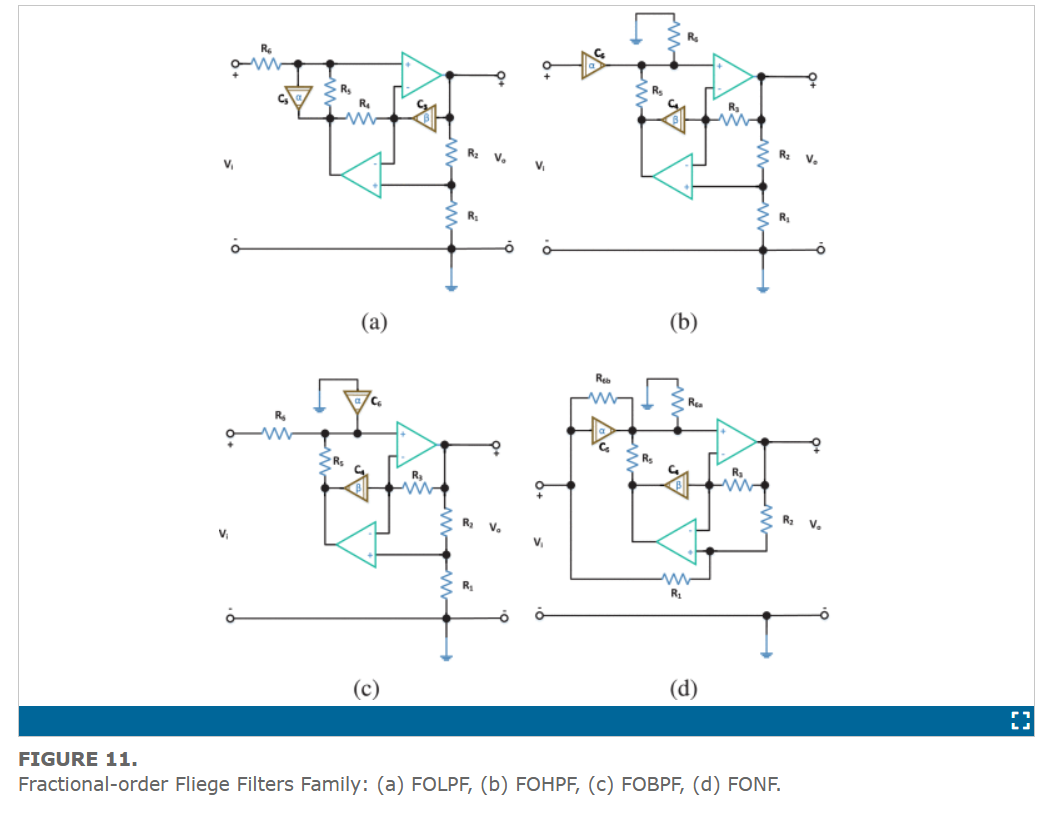
On the Design Flow of the Fractional-Order Analog Filters Between FPAA Implementation and Circuit Realization
This work explicitly states the design flows of the fractional-order analog filters used by researchers throughout the literature. Two main flows are studied: the FPAA implementation and the circuit realization. Partial-fraction expansion representation is used to prepare the approximated fractional-order response for implementation on FPAA. The generalization of the second-order active RC analog filters based on opamp from the integer-order domain to the fractional-order domain is presented. The generalization is studied from both mathematical and circuit realization points of view. It is

CNTFET-Based Ternary Multiply-and-Accumulate Unit
Multiply-Accumulate (MAC) is one of the most commonly used operations in modern computing systems due to its use in matrix multiplication, signal processing, and in new applications such as machine learning and deep neural networks. Ternary number system offers higher information processing within the same number of digits when compared to binary systems. In this paper, a MAC is proposed using a CNTFET-based ternary logic number. Specifically, we build a 5-trit multiplier and 10-trit adder as building blocks of two ternary MAC unit designs. The first is a basic MAC which has two methods to